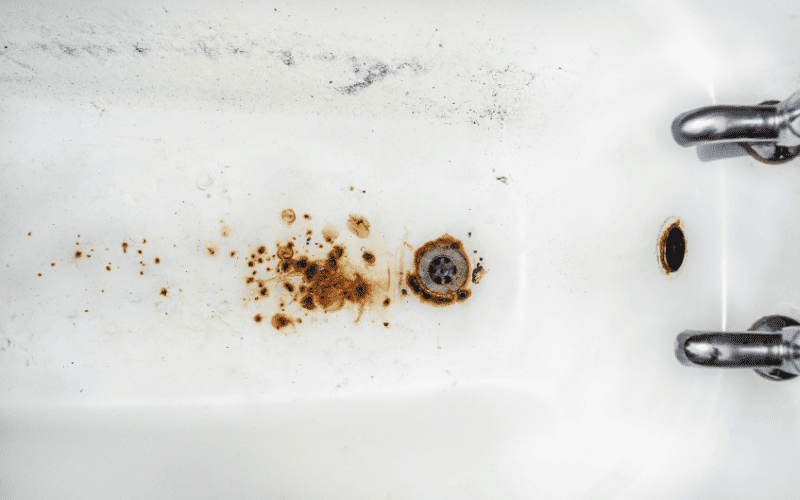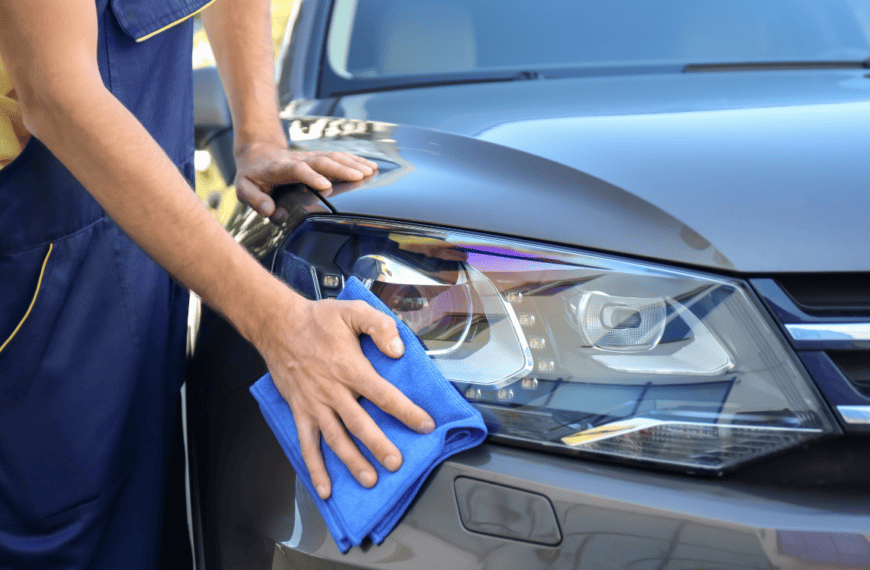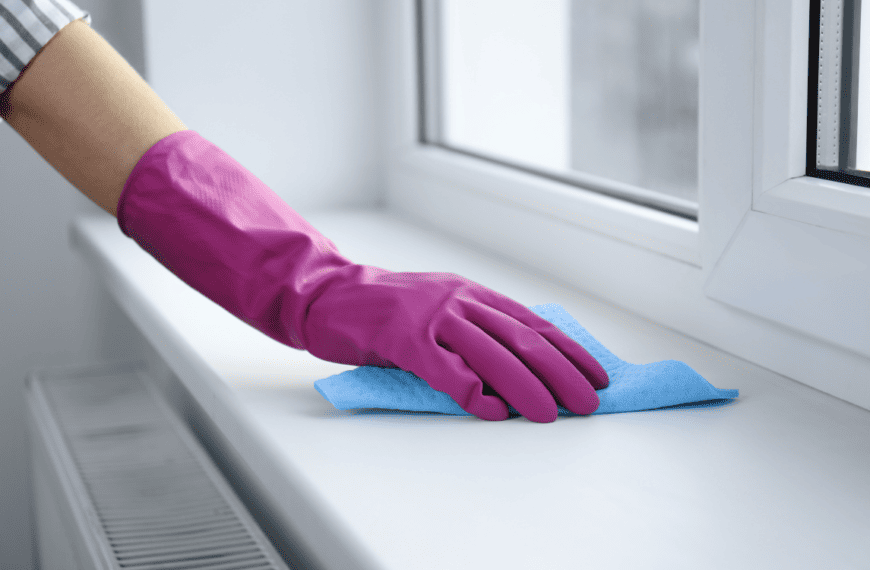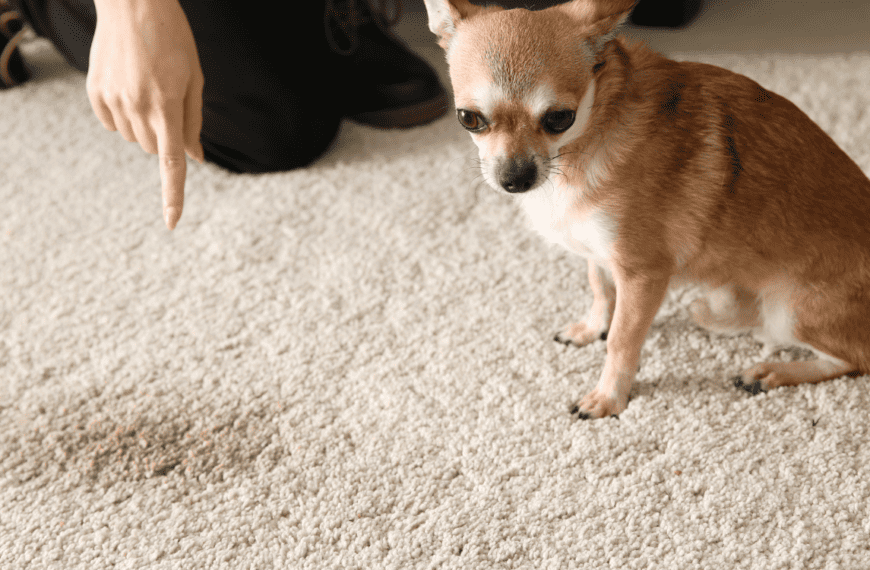Until we had our hot water heater replaced, the rust stains in the bathtub were tough to stay on top of. Rust can happen easily when dissolved iron in your water leaves residue in the bathtub. The good news is if you use the right combination of ingredients, you won’t have much scrubbing to do. I’ll show you how to remove rust from the bathtub and to stay on top of it so the stubborn rust stains don’t stick around.
Understanding the Problem
Rust stains happen when dissolved iron particles mix with oxygen in water. Some homes have higher iron content in their water than others. If you continue to struggle with rust stains, you may want to have your water tested.
In addition, if you have rusty pipes in your home or an older water heater, you may even see the water looking a little rusty when it comes out of the tap. Fiberglass and acrylic tubs don’t rust as easily as porcelain coated steel tubs, but this is a problem you can deal with long term.
Can Rust Stains Permanently Damage My Bathtub?
When removing rust stains, you want to act as quickly as possible. Permanent damage to your bathtub can occur with tough stains, but this really only happens if you have been neglecting the stains for a long period of time.
Rust is formed when dissolved iron particles mix with the oxygen in water. While iron is not naturally in the chemical makeup of water, it is commonly found in the rivers, lakes, and groundwater that serve as the sources of the water in your home.
As this dissolved iron sits and builds up over time, it can begin to clog the pipes, in addition to leaving unsightly rust and water stains. Alternatively, there might be rust in the pipes in your home, which will cause the water to have an orange-brown tint when it comes out of the faucet.
Does a Water Softener Help in Preventing Rust?
A water softener will prevent rust stains from forming. Water softeners use Ion Exchange to remove minerals from your water and replace them with sodium ions. Depending on the water softener you choose; you can install the unit yourself and notice reduced rust almost immediately.
Preparing for Rust Removal
There are a number of ways to remove rust from the bathtub; the key is to find a solution that works for your particular rust stain and your bathtub material. I would start by testing the cleaning solution of choice in small inconspicuous areas of the tub to ensure you don’t discolor or damage your bathtub.
- Porcelain and ceramic tubs hold up better to scrubbing than acrylic and fiberglass
- Acrylic bathtubs scratch very easily
- Throughout the cleaning process, let the solution do the work because of its whitening or acidic properties. Don’t scrub too hard on any bathtub surface
How to Remove Rust Stains from Bathtubs
If you try one of my methods to remove rust stains from your bathtub and it is unsuccessful, simply move down the list. I’ve had times when lemon juice was more effective than vinegar and vice versa. The better you get at cleaning and home care, the more important creativity is.
Baking Soda and Vinegar
- Make a paste using 3 parts baking soda, one part white vinegar. If this creates a thick paste, that is fine; add a few more drops of vinegar if needed
- Let the paste sit on the stain in the bathtub for 30 minutes
- Gently scrub the area with a cleaning cloth
- Rinse, repeat, and dry
- The method should be safe on all types of tubs
Lemon Juice and Salt
- Bring a fresh lemon and salt into the bathroom. (You can use bottled lemon juice if you don’t have fresh lemons)
- Squeeze fresh lemon juice directly on the affected area
- Sprinkle salt in a thick layer over the rust stain
- Wipe with a damp cloth, rinse, dry, and repeat if necessary
- With acrylic tubs that scratch easily, you may just want to rinse the lemon juice and salt and skip the wiping with a cloth
Pumice Stone (For Porcelain Tubs)
- Wet a pumice stone and wet the rust area in the bathtub
- Pumice stones work as a rust remover on their own and do not need any additional cleaning solutions
- Rub the area using the pumice stone as a scrubber sponge until the stain disappears
Cream of Tartar and Hydrogen Peroxide (For Porcelain Tubs)
- The cream of tartar is acidic and works well to break down rust
- Sprinkle the cream of tartar on the rust stain
- Put hydrogen peroxide in a spray bottle and spray it on the cream of tartar
- Let the solution sit on the stain for 30 minutes to an hour
- Use a microfiber cloth to wipe down the rust stain, and add a little elbow grease if necessary
Shaw’s Pads Method (For Porcelain and Ceramic)
- Shaw’s Pads is a scrub sponge used by plumbers to remove toilet rings, but it can also work as a commercial rust remover
- Moisten the cleaning pad
- Use the pad to gently scrub the rusted area
- Rinse and repeat if necessary
- Dry when finished
Scouring Pads or Sponge (For Porcelain)
- Word of caution here–do not scrub too hard, or the scouring pad could damage the tub
- Gently scrub the area with a wet sponge (with the rough side) while the sponge and the bathtub are wet
- Rinse clean and repeat if necessary
Mr. Clean Magic Eraser
- Mr. Clean Magic Eraser can be used on any bathtub with rust; the method works best on fresh rust stains
- Simply wet the Mr. Clean Magic Eraser and the rust stain
- Scrub the area of the stain, rinse, and repeat
Coca-Cola
- Carbonated Coca-Cola has citric acid and phosphoric acid that will break down the rust when poured over the stain
- Don’t let the Coca-Cola sit for a long time on the stain, as it can get sticky
- Use clean water and a microfiber cloth to wipe away any residue
- If this solution doesn’t work, go for something like a baking soda paste
Bar Keepers Friend
- Buy Bar Keepers Friend in the powdered form
- Sprinkle some of the solution on rust or other stains in the bathtub
- Use a soft clean cloth with water on it to scrub the rusty area and break down the stain
- Bar Keepers Friend can do a great job cleaning the tub overall; you may want to leave some on, let it sit for a few hours, and return
Lysol Professional Toilet Bowl Cleaner
- Take Lysol Professional Toilet Bowl Cleaner and pour it on the stained area in your bathtub
- Let the solution sit for one hour
- Thoroughly rinse the tub and use a soft sponge to remove any excess toilet bowl cleaner
- Let the water run until all the toilet bowl cleaner is removed before pouring your next bath
Commercial Rust Removers
A note of caution here, commercial rust removers must be safe for your plumbing system, and they must be designed for use in the type of bathtub you own. Acrylic and fiberglass bathtubs tend to be more likely to damage with commercial rust removers.
- Take Whink Liquid Rust Stain Remover or Iron Out Rust Stain Remover and pour it on the rust stain
- Allow the stain remover to sit for one hour
- Rinse clean and dry
- Repeat if necessary
- Safe for use on porcelain bathtubs but should be avoided in acrylic and fiberglass
Don’t Use Bleach!
I know this is a list of how to remove rust stains, and I’m telling you not to use bleach, but this is an important piece of advice. Bleach can oxidize the iron in the stain and actually spread it across your bathtub.
How To Remove Rust From Bathroom Fixtures
Bathroom fixtures can be the culprit behind your rust and even hard water stains in the bathtub. Many homeowners decide to replace their bathroom fixtures every few years to avoid stains. However, if you want to avoid complete fixture replacement, you can:
- Put white vinegar on a rag and wipe down the faucets and showerheads, especially the underside
- Sprinkle baking soda on a sponge and use it to wipe down the faucets and underside of the shower head
- If your rust stains are due to problems with the pipe or the water coming into your house, you should do this at least once per week
Rust Prevention for Your Bathtub
Now that your tub is clean and ready for use let’s keep those rust stains away. Here are the methods that I use.
- Clean your tub once a week; when finished cleaning, dry the tub
- After a bath, take your bath towel and dry the tub; you can also use a squeegee on the shower glass if you have a shower tub combo; this prevents water from dripping down into the bathtub
- Take out any metal toiletries not made of stainless steel from the bath or shower area that could be causing the issue
- Old and rusty fixtures should be replaced; also, check on the health of your hot water heater to make sure it’s not the cause of the problem
- A whole home water filtration system or water softener can be a better long-term solution than harsh chemicals and a variety of cleaning methods that take your time









